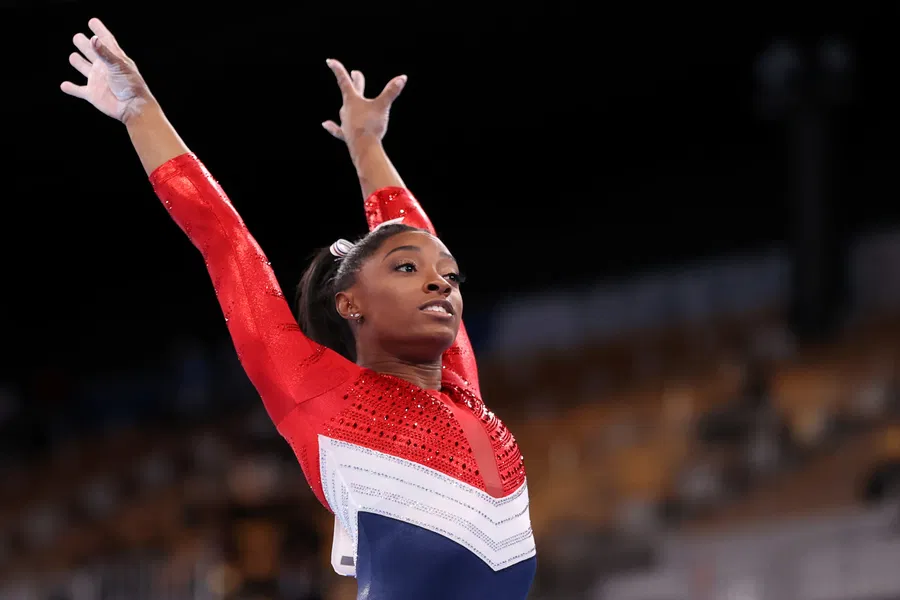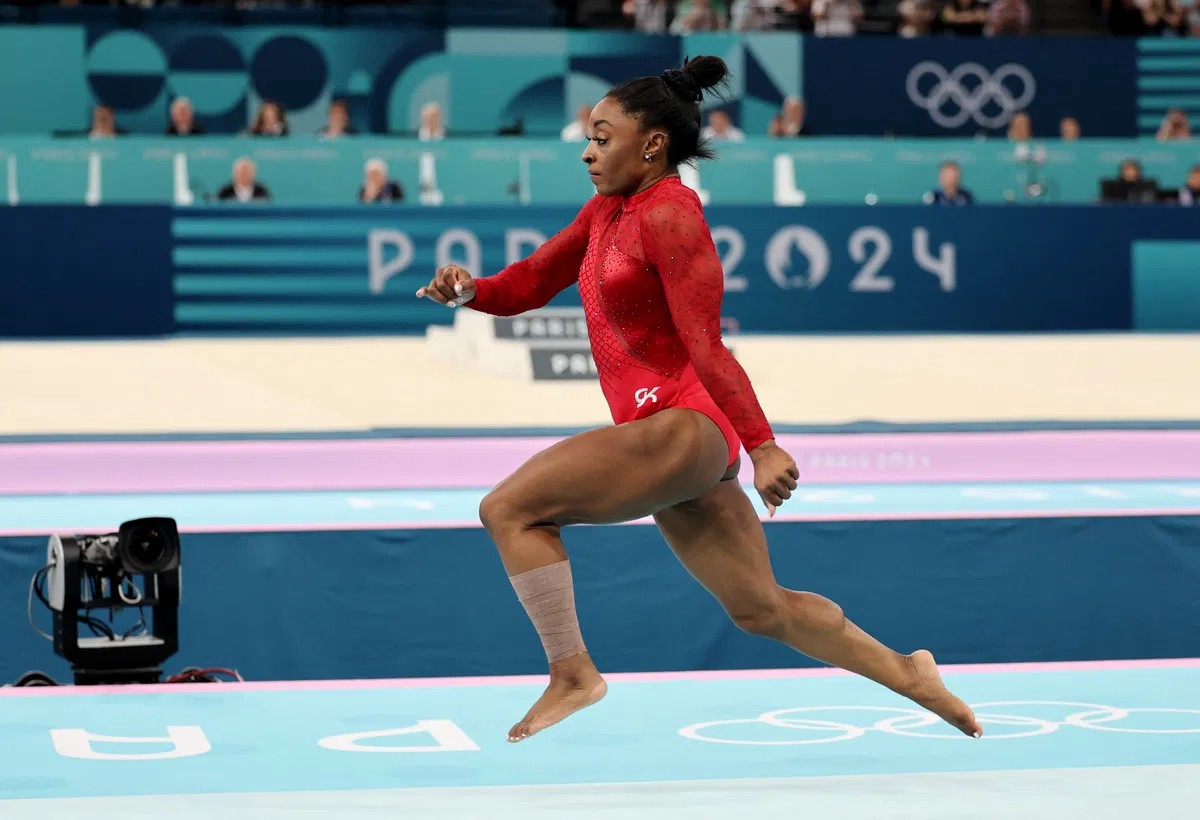Gymnastics has transformed dramatically over the years, evolving from the time of Nadia Comaneci to the current era of athletes like Simone Biles. Today’s sport emphasizes endurance, power, and body composition over the restrictive ideals of previous decades. As the discipline advances, there’s ongoing debate about the appropriate entry age for elite gymnasts, with some questioning if the sport should require athletes to reach a higher age before competing at the highest levels.
Philippe Silacci, a former press officer for the International Gymnastics Federation (FIG), has advocated for raising the minimum age for elite-level gymnasts. Reflecting on historical changes, Silacci noted that the entry age for international competitions was previously 14, then raised to 15, and currently stands at 16. Silacci argues that raising it further, to 18, would allow athletes more maturity and artistry. He emphasized the visible differences in artistic expression between a 16-year-old and a gymnast closer to 18 or 19, whose presentation reflects the confidence of young adulthood.

Younger gymnasts often possess superior flexibility and perform well, but they also face considerable mental and physical strain. The example of Simone Biles, who achieved Olympic glory at 16 but later struggled under the immense expectations placed on her, illustrates this. Despite her extraordinary talent, Biles faced severe mental health challenges, culminating in her withdrawal from events at the Tokyo 2020 Olympics due to the “twisties,” a mental block that disrupts spatial awareness. Biles later returned to reclaim her position in gymnastics, but her journey highlighted the intense pressures young gymnasts face.
Another case is that of Hezly Rivera, who qualified for the Paris Olympics at 16 and won a team gold medal. Her success brought her newfound attention, from White House invitations to touring with the Gold Over America Tour, which, while rewarding, has led to feelings of burnout. Rivera has described the high-profile activities following her achievements as “a little bit overwhelming,” signaling the toll early fame can take.

Earlier in the year, rumors circulated that the FIG might consider raising the entry age for Women’s Artistic Gymnastics (WAG) to 18 by 2025. This change, if implemented, would reflect the federation’s effort to align age limits with concerns about athletes’ well-being. Some within the gymnastics community, however, have argued against this increase, suggesting it could hinder athletic peak performance, as gymnasts over 18 may find it challenging to maintain the peak physical conditioning required for elite gymnastics. An alternative suggestion includes reducing the frequency or difficulty of competitions to combat burnout without raising the age threshold.
As debates continue, the gymnastics community remains divided. Some believe that raising the age limit is essential for safeguarding young athletes’ health, while others think that changes in competition structure might offer a better solution. Regardless of the path chosen, the call for reform reflects the evolving nature of gymnastics and its dedication to prioritizing athlete well-being in the sport’s future.